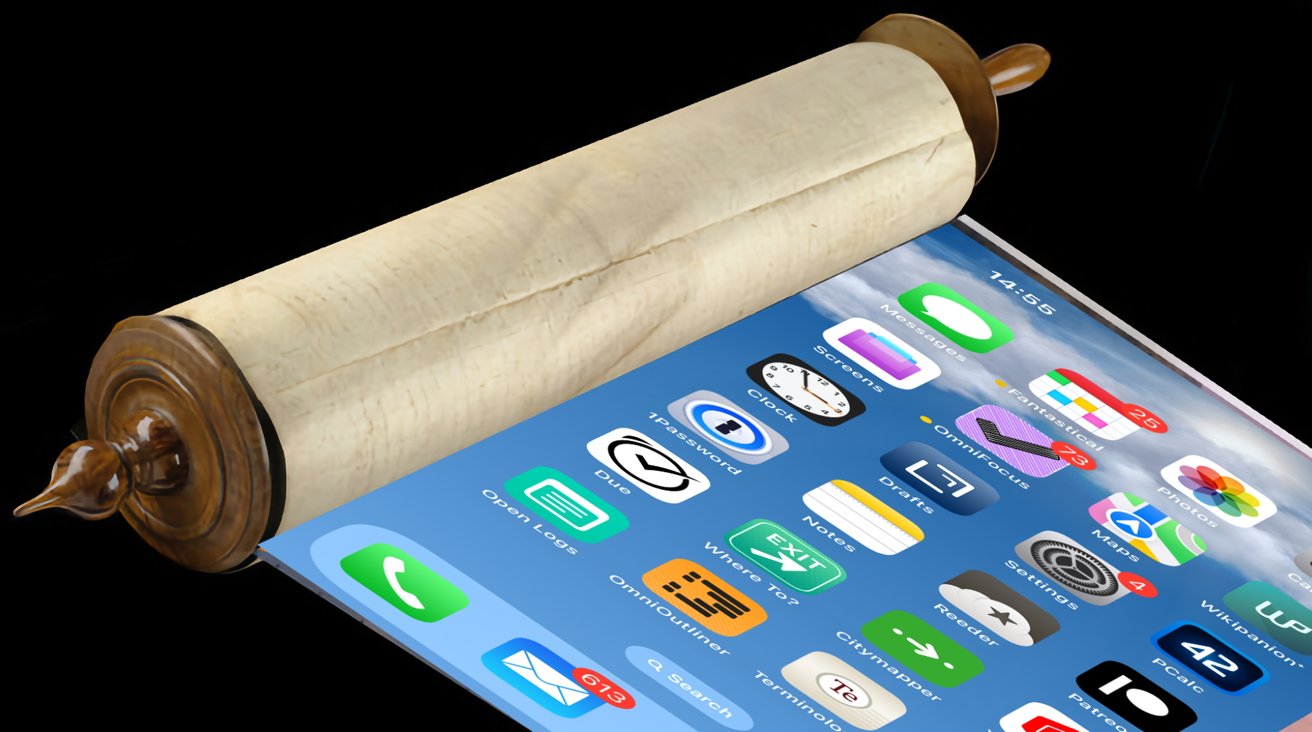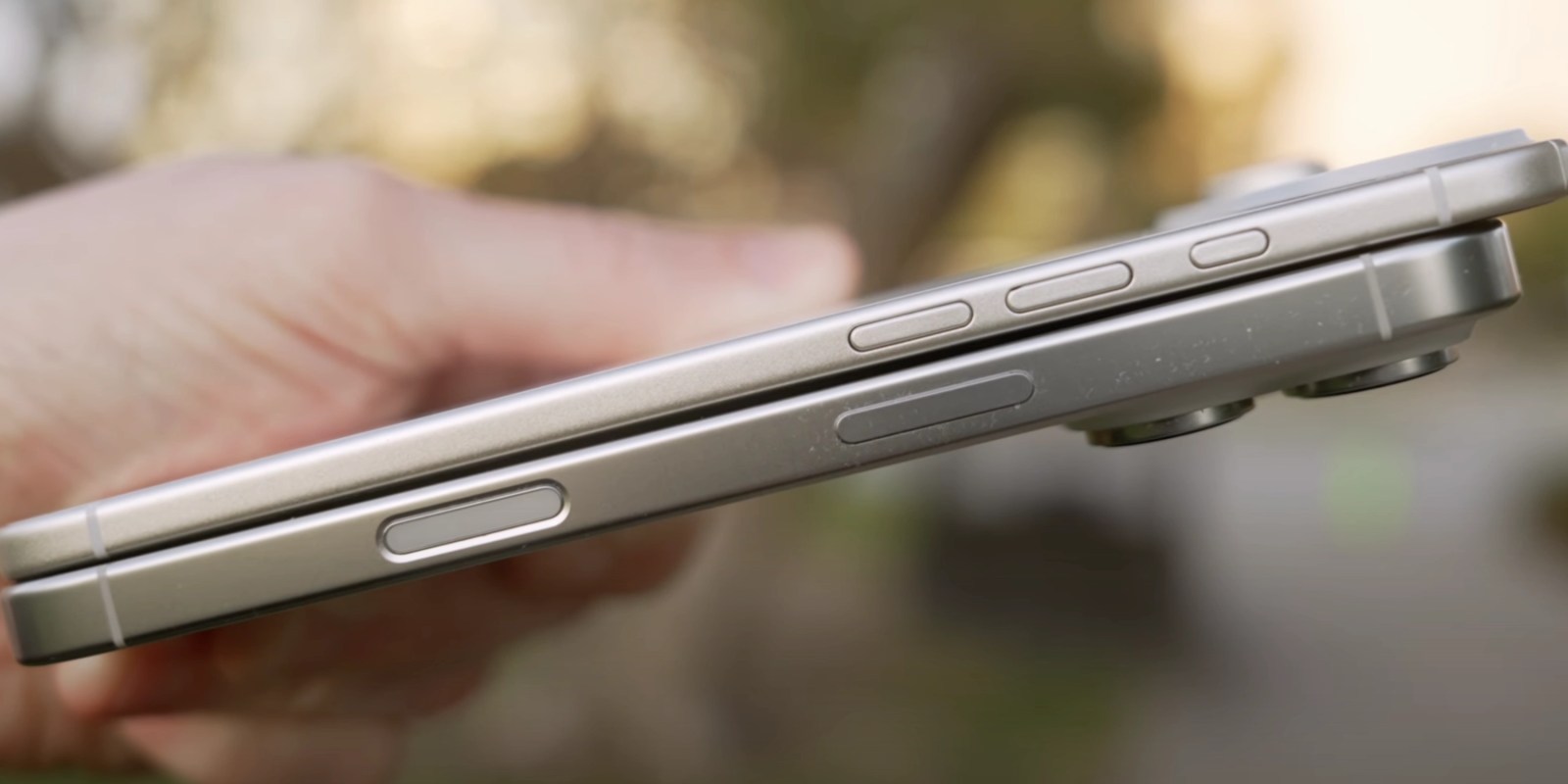Apple is actively researching the development of rollable screens for its iPhone and iPad devices, aiming to provide users with displays that can expand or contract as needed. This innovative approach could revolutionize the way we interact with our devices, offering flexibility and enhanced portability.
Historical Context and Patent Filings
Apple’s interest in flexible display technology isn’t new. In 2015, the company filed a patent for a retractable cover titled Active screen protection for electronic device. By 2017, Apple had progressed to envisioning a true roll-up display for the iPhone. The exploration continued in 2020 with a different iteration of the concept. The latest development in this series is a patent application named Electronic Device With Flexible Display Structures, which delves deeper into the mechanics of rollable screens.
Technical Details of the Patent
The patent highlights the challenges posed by traditional rigid displays, typically made from glass substrates, which can limit the design and functionality of compact electronic devices. To address this, Apple proposes a flexible display that can be wrapped around one or more rollers. In its stored position, the display would be coiled around a storage roller. When a larger display area is desired, deployment rollers would assist in unrolling the screen from the device’s housing.
Apple’s patent is broad in scope, suggesting that this technology could be applied to various devices, including cellular phones, tablet computers, and wristwatches. The patent also explores different configurations, such as foldable displays and combinations of foldable and rollable screens. Some designs depict devices where the screen bends or folds into the housing, while others focus on a true roller system where the majority of the screen is stored within the device until needed.
Durability and Material Considerations
A significant focus of the patent is ensuring the durability of these flexible displays. Apple discusses the use of materials like metal, plastic, or other suitable substances to construct the device. To enhance the screen’s resilience, the patent introduces the concept of bistable support structures. These supports are stable in at least two positions: they remain stiff and supportive when deployed but can become flexible enough to roll onto a roller when sufficient bending force is applied.
The patent also addresses the challenge of fitting such a screen into the compact space of an iPhone or iPad. While the drawings in the patent application provide some insight, they primarily illustrate the compact nature of the proposed roller system.
Ongoing Research and Future Prospects
Apple’s commitment to this concept is evident from its continued research and multiple patent filings over the years. In July 2023, another patent application titled Electronic Devices With Rollable Displays was revealed. This document describes an electronic device with a rollable display that can transition between an unrolled, planar state and a rolled state for storage. The display would consist of a pixel array for image production and a transparent protective layer, potentially containing a glass layer that is locally thinned in the rollable portion to facilitate rolling.
The patent emphasizes the importance of managing the stresses on the material during rolling operations. It suggests that applying compressive stress to the outwardly facing surface of the glass layer when the display is rolled up can help prevent damage. Additionally, the patent mentions the inclusion of various sensors, such as strain gauges and capacitive force sensors, to monitor the display’s condition and user interactions.
Industry Context and Challenges
While the concept of rollable displays is intriguing, it’s important to note that many patents do not necessarily lead to commercial products. The technology required to produce durable and reliable rollable screens is still under development. Other companies have explored similar ideas, but no commercially available devices with rollable screens have been released to date. Challenges such as ensuring the durability of moving parts and managing the stresses on flexible materials remain significant hurdles.
Conclusion
Apple’s exploration of rollable display technology reflects its commitment to innovation and enhancing user experience. While it’s uncertain when or if such devices will become available to consumers, these developments indicate a potential shift in the design and functionality of future electronic devices. As technology advances, the possibility of having devices with expandable, rollable screens becomes increasingly plausible, offering users greater flexibility and convenience.



